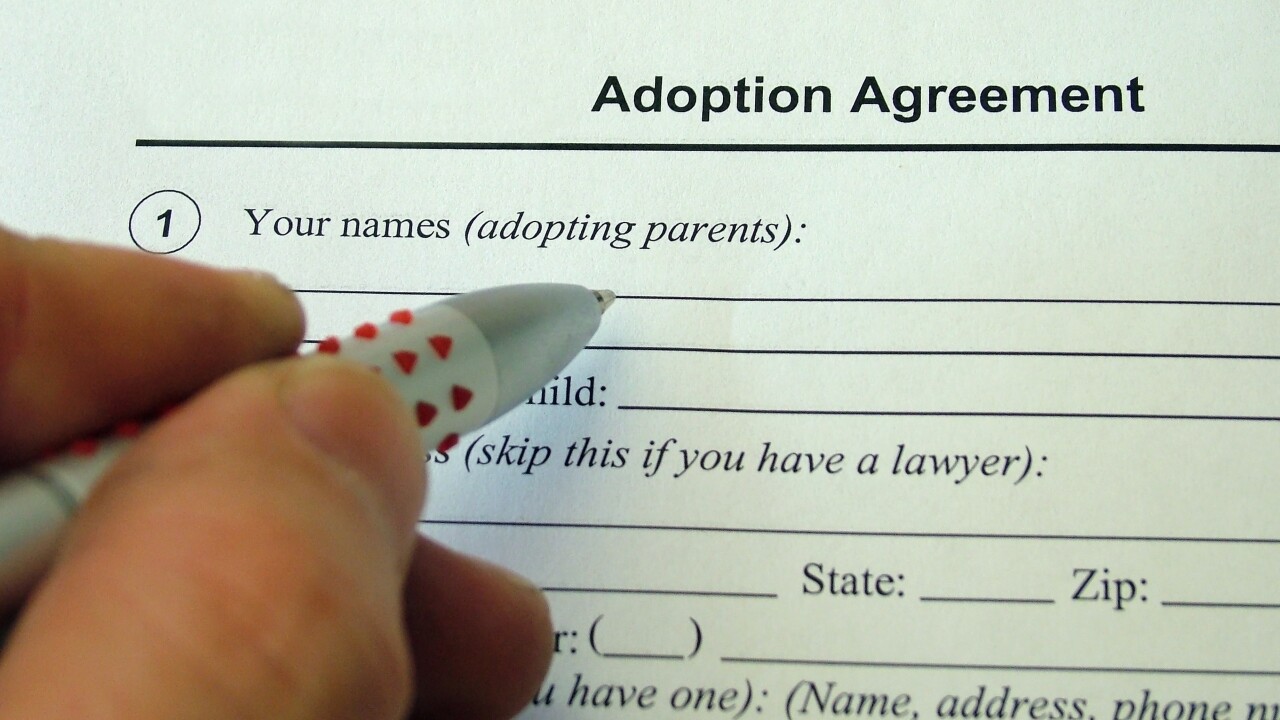The Internal Revenue Service is going to make public records available online of cases involving offers in compromise it has accepted from taxpayers who owe tax debts, rather than just making the hard copy printouts available at local offices.
A new
However, TIGTA noted that if the public inspection files are not redacted properly, the public inspection sites can expose sensitive taxpayer information to possible unauthorized disclosure and put taxpayers at risk of identity theft. The IRS now accepts 20 times more OICs than it did when the offers first became subject to public inspection, but the activity still relies on laborious procedures to store the files in these decentralized, paper-based systems around the country. It’s also a challenge for the IRS to ensure the paper based files are available for review at the seven designated locations and to make sure they’re properly redacted to conceal sensitive taxpayer information.
TIGTA suggested the IRS set up a centralized website that would be available to the public. That would decrease the burden on taxpayers and the costs to the IRS while increasing transparency. TIGTA also identified several improvements to manage the process more efficiently and effectively. The IRS agreed with TIGTA’s recommendations. During the course of the review, the IRS also updated its written procedures for the public inspection files, expanded the use of automated redaction tools, and initiated the evaluation of alternative file storage methods.
“We are developing a SharePoint site to house the PIF [public inspection file] data, controlled by a gatekeeper who would conduct a secondary redaction review,” wrote Karen Schiller, commissioner of the IRS’s Small Business/Self-Employed Division in response to the report. “Using an electronic format will allow us to better manage the retrieval, movement, retention and destruction of files.”





